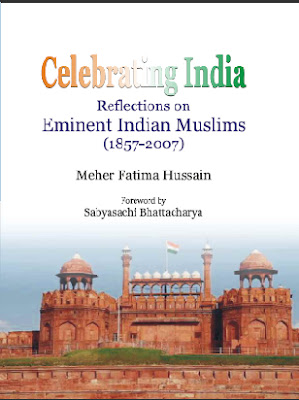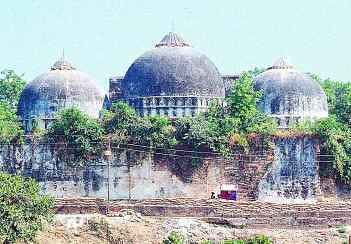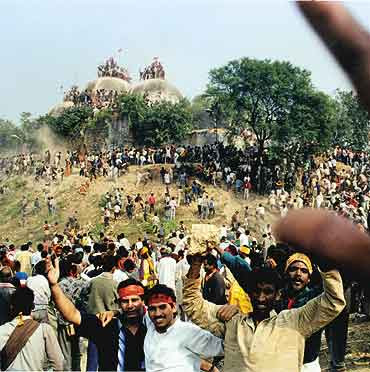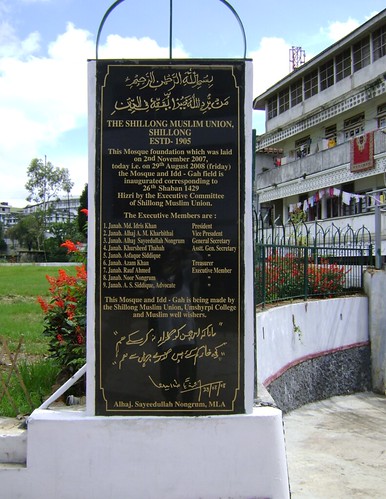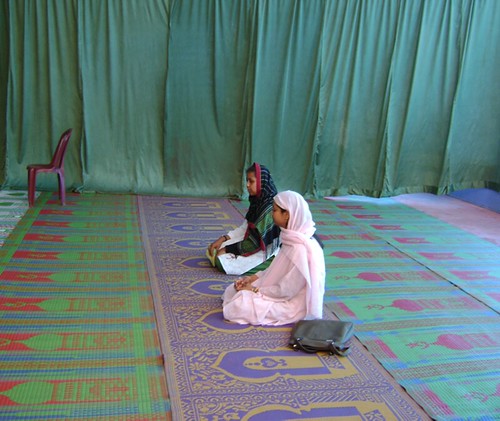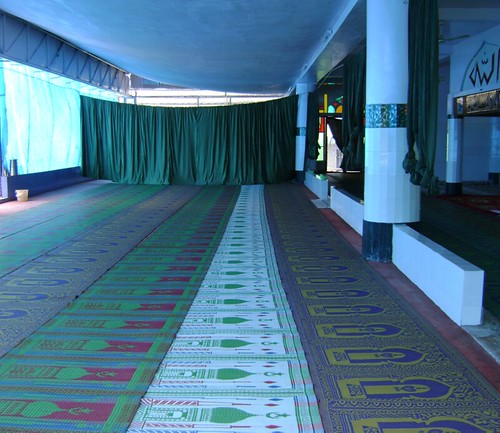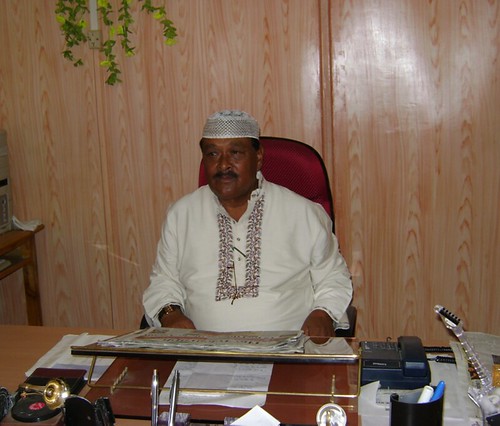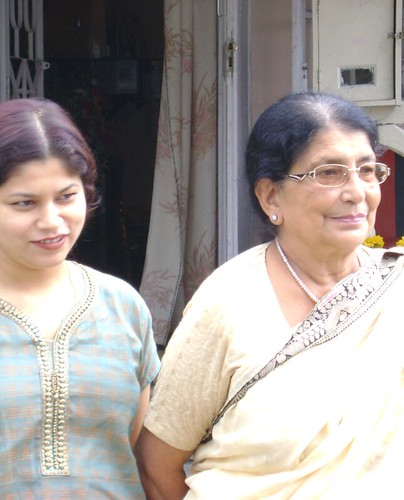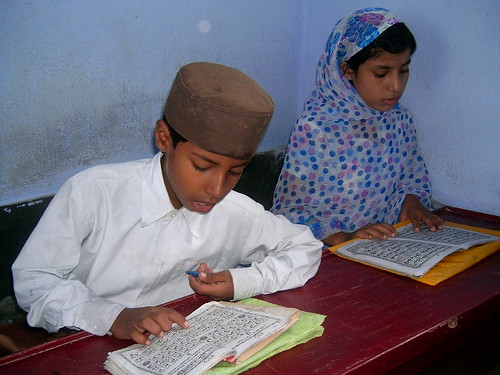By TCN teams in Delhi, Mumbai, Patna,
New Delhi: It has been 16 years since Babri Masjid was demolished on the basis of a plotted controversy by Hindu extremists and then communal riots erupted almost throughout the country. TwoCircles.net tried to know what Muslims in Delhi, Mumbai and Patna think about the issue today and how it has affected the community.
Our teams in the three cities talked to teenagers, youths and people who are in the 30s and found that Mumbai Muslims are more sensitive to and more aware of Babri Masjid demolition issue than Muslims in Delhi and Patna. Unlike teenagers in Mumbai, those in the same age group in Delhi and Patna are not or little aware of the issue. Similarly, 50% of youths we talked in Delhi want to forget the issue and move ahead. Some want to give more focus on recent issues like Gujarat pogrom and serial blasts in Delhi and Mumbai. But youths in Mumbai are more sensitive. The reason lies in the history. Post-demolition, Mumbai was worst affected by consequent communal riots compared to Delhi and Patna.
Delhi
Naqueeb Ahmad, network engineer, age 24: As far as the demolition is concerned it took place 16 years back when I was just 8 an then I had no idea what happened. Now I am 24 and in all these 16 years some Islamist extremists and fundamentalists have been trying every year to provoke and keep the issue alive. We should forget it as this will always harm the communal harmony and relationship between Hindus and Muslims and always increase hatred among the communities.
Nadeem Ahmad: general store owner, age 35: The demolition affected us but now there are more big issues. It is no more an issue to talk about. Why don’t you talk about Gujarat genocide and serial blasts in Delhi and Mumbai? However, he admits that the Muslims will never forget Babri issue the generations will remember it until justice is done.
Nadeem Alam Khan, computer professional, age 35: Muslims should remember December 6 because on this day in 1992 Babri Masjid was demolished. That was a horrific incident which shook the entire community. It was a first case of its kind that a mosque was demolished in such way. We are sad and feel helpless that we could not protect the mosque.
What could be the peaceful solution?
Muslims and Hindus should sit together and find out any solution that could not harm the communal harmony.
Mohammad Jawed, activist, age 30: What happened on December 6, 1992 in Ayodhya can never be forgotten. The demolition was an attack on our democracy – an event that never happened in the history. I lost faith in democracy as the mosque was attacked in the full presence of security forces and governments. Muslims can never forget the tragedy.
A class XII student of Jamia Millia Islamia, age 17: The Babri issue is totally political and I don’t want to discuss it. (He, however, does not know the exact date when the mosque was demolished. He said it was demolished on December 2 or 3 or 4 or 5 in 1992)
Waqar Ahmad, class IX student of Jamia Millia Islamia, age 15: Until two years back I did not know about the issue because it was never talked about in the family or my village in Mahua in Vaishali district of Bihar. When I came here I knew about through friends.
Mumbai
It is really pleasing to note that the Muslim teenagers have great interest in the history of their community. When TwoCircles.net talked to two of them they both turned out to be well aware of December 6, 1992 incident. They told that December 6 is a 'black day' for the community.
Siddiqi Akhtar Husain Mazhar Husain, class X, age 16: It is a day of sorrow and sadness. Muslims should take a lesson from the incident. They should try to prevent such tragedies from taking place again.
He told that Babri Masjid was demolished on December 6, 1992.
Wajhul Qamar, student of Madani High School, age 15: December 6 is known as 'black day'. It has great importance.'
Being asked when Babri Masjid was demolished he told: Actually it was demolished on December 5 because the riots in Mumbai had erupted on 6th December and it is fact that they took place after the demolition of the Masjid.'
Maulana Rizwan Ahmad Qasmi, 30, was a student of Almiyah in Imdadia Madrasa when the riots in Mumbai erupted after demolition of Babri Masjid. Though he did not point out to anything the effect of which he still feels yet he said:
'We were affected badly. For many days we could not study. Our Madrasa was also attacked by police. They entered the madrasa and killed the teachers and injured students.' Those who lost their dearest and nearest ones during the riots caused by the demolition can never forget the incident. The subsequent incidents which still go on taking place remind people of the incident in which they lost their relatives and friends.'
Haroon Mozawala, general secretary Khair-e-Ummat Trust: At the time Babri Masjid was demolished the structure of democracy was collapsed amidst the slogans of communalism. Even though it had come as a blow to the glory of the country, it is also harmful for the Muslims; for whatever the country faces from, the Muslims are automatically affected by that.
That Muslims had to be jailed and their economy somehow weakened, was a result of their emotional reaction. Had they shown some patience they would have been averted from those losses.
The place where once a mosque is built becomes specific to the mosque. Yet we are ready to accept whatever decision the court issues. In the matter if the court decides on the basis of the solid evidences that the land is that of a temple then we will accept it. This is the opinion of almost all the Muslims.
Patna
Mobbashir Hassan, class 5th student of St. Michael, age (13): I don’t know at all if something really very important happened on December 6. He said no one at his school or home talked about the day.
Imran, class VIII, Al- Hira Public High School, age 15: I don’t know what exactly happened on the day.
When reminded of an incident in which Babri Masjid was demolished on the day in 1992, he said he has heard of the tragedy in his home and school but didn’t know the exact date and year on which it happened.
(Mumtaz Alam Falahi in Delhi, Abdul Hameed in Mumbai and Md. Ali in Patna)

